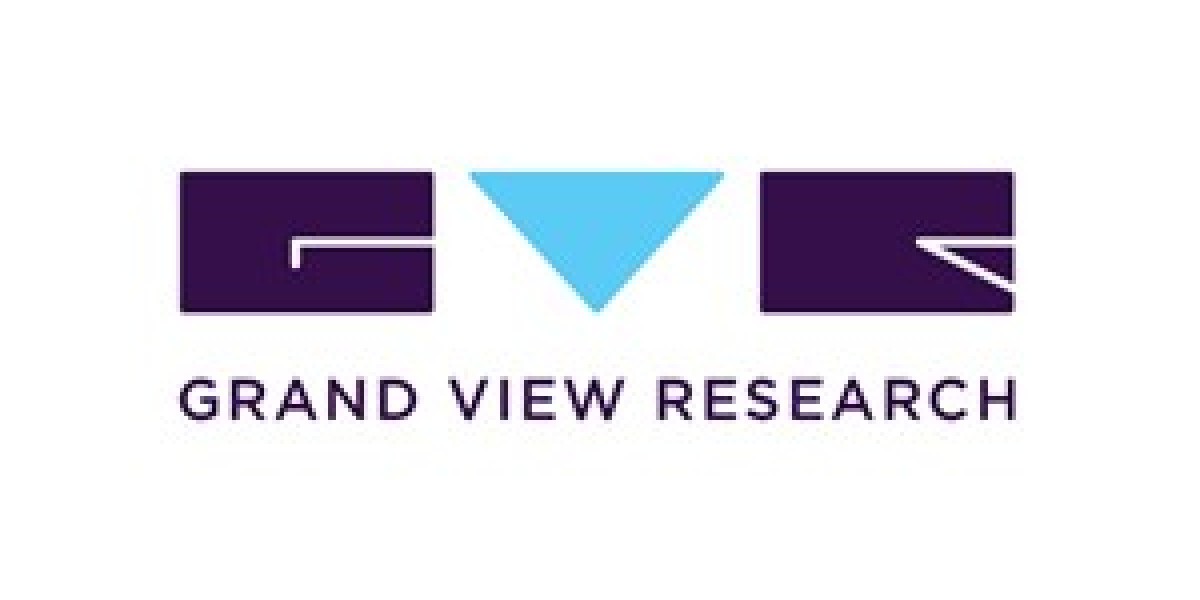In today's fast-paced business world, companies are constantly under pressure to deliver high-quality software solutions quickly and cost-effectively. Agile development, known for its iterative approach and adaptability, has become the standard for delivering successful software products. However, when combined with offshore development teams, the complexity increases. While offshore development provides cost savings and access to global talent, it also comes with its own set of challenges, such as communication barriers, time zone differences, and cultural misunderstandings.
To maximize efficiency in offshore agile software development, companies must implement strategies that address these challenges while maintaining the flexibility and iterative benefits of agile practices. In this article, we will explore the key strategies for ensuring that agile offshore software development can perform at their best.
1. Establish Clear Communication Channels
One of the primary challenges in offshore agile software development is communication. With teams spread across different geographies and time zones, misunderstandings and delays are more likely to occur. Therefore, establishing clear and effective communication channels is crucial for success.
Use the Right Tools
To ensure smooth communication, teams should invest in tools designed for remote collaboration. Tools like Slack, Microsoft Teams, Zoom, and Jira can help facilitate real-time communication, project tracking, and task management. Additionally, collaborative platforms such as Confluence or Google Docs enable teams to share documents, brainstorm ideas, and keep everyone aligned on project objectives.
Set Regular Check-ins
Daily stand-ups, sprint reviews, and retrospectives are important agile ceremonies that can be conducted effectively even with remote teams. While time zone differences can complicate real-time meetings, scheduling regular check-ins at times that accommodate both the offshore and onshore teams is essential. A well-structured cadence for communication will prevent bottlenecks and ensure that feedback loops are short and efficient.
Use Visual Aids
Agile methodology thrives on transparency. Visual tools such as Kanban boards, burndown charts, and sprint boards provide visibility into the progress of the project. These tools help both onshore and offshore teams stay updated on the work status and highlight any blockers that may require attention.
2. Align Time Zones Effectively
Time zone differences are a significant challenge in offshore agile development. While it’s difficult to completely eliminate the impact of time zones, teams can work together to create an efficient workflow that minimizes delays and maximizes productivity.
Overlap Work Hours
Having a few hours of overlap between the onshore and offshore teams is key. During this time, both teams should be available for real-time collaboration, quick clarifications, and decision-making. This overlap could be at the start or end of the working day, depending on the time zones involved.
Shift Work Hours Strategically
Some companies allow their offshore teams to shift their working hours slightly to align better with the onshore team's schedule. This flexibility can help facilitate daily stand-ups, sprint planning, and other agile ceremonies. However, it’s important to ensure that this doesn’t lead to burnout or decreased productivity for offshore developers.
Asynchronous Collaboration
In cases where real-time collaboration isn’t possible, asynchronous communication can play a key role. This involves leaving detailed messages, updates, and feedback that can be reviewed by the other team at their convenience. Agile boards, issue tracking systems, and emails can facilitate this kind of collaboration, ensuring that the development process continues smoothly even when teams aren’t working at the same time.
3. Foster a Strong Team Culture
In any agile project, team collaboration and morale are essential to success. This is particularly true when working with offshore teams, where cultural differences and physical distance can make it challenging to create a cohesive team culture. Building trust, fostering camaraderie, and ensuring team members feel like they are part of a unified organization can go a long way in maximizing efficiency.
Encourage Cross-Cultural Understanding
Cultural differences can impact communication and collaboration in offshore agile software development. It’s important to make sure that team members understand and respect cultural differences. For example, some cultures may have a more hierarchical communication style, while others may encourage open and direct feedback. Understanding these nuances can help prevent miscommunications and create a more collaborative atmosphere.
Promote Team Bonding Activities
While virtual team-building activities are not the same as in-person interactions, they can still help to foster a sense of unity. Organize regular virtual coffee breaks, gaming sessions, or knowledge-sharing events to allow team members to bond and share experiences. When team members feel like they know each other personally, it can help to improve communication and reduce friction.
Provide Recognition and Support
Recognizing the achievements and contributions of offshore team members is vital for maintaining morale. Regularly acknowledge their work during team meetings, send appreciation emails, or celebrate milestones. Additionally, providing ongoing support and mentorship will help offshore developers feel connected and valued, further enhancing productivity.
4. Ensure Strong Project Management Practices
Agile projects, especially those with offshore teams, require strong project management to ensure alignment with business goals, scope, and timelines. The project manager plays a pivotal role in orchestrating the development process and ensuring that the agile practices are followed consistently across all teams.
Define Clear Roles and Responsibilities
In offshore agile software development, it’s crucial to define and communicate roles and responsibilities clearly from the outset. This ensures that all team members understand their individual contributions and how they align with the overall project. Common roles in agile include Product Owner, Scrum Master, and Development Team. Offshore teams should have a clear understanding of who is responsible for making decisions, providing feedback, and managing the backlog.
Prioritize Backlog Management
Effective backlog management is central to the agile process. With offshore teams, it's particularly important to prioritize the backlog early and update it regularly based on feedback from both onshore and offshore teams. This ensures that the most important features are always being worked on first, and that both teams are aligned on the current priorities.
Monitor Progress and Address Bottlenecks
Project managers should monitor the progress of the offshore agile team carefully and be proactive in identifying and addressing bottlenecks. Regular retrospectives can help to surface any issues that may be affecting the team’s performance, and solutions can be implemented to keep things on track. A well-defined issue escalation process will ensure that problems are addressed quickly, preventing delays from accumulating.
5. Leverage Automation and DevOps Practices
Automation and DevOps practices are key enablers of efficiency in offshore agile software development. By automating repetitive tasks and integrating continuous development pipelines, teams can focus more on high-value tasks such as feature development and problem-solving.
Automate Testing and CI/CD
Automated testing helps ensure that software quality is maintained throughout the development process, regardless of where the team is located. Offshore teams should integrate continuous integration and continuous delivery (CI/CD) pipelines to automate build processes, testing, and deployment. This helps to catch bugs early, reduces manual work, and ensures that the software is always in a deployable state.
Automate Infrastructure Management
DevOps tools like Docker, Kubernetes, and Terraform can help automate infrastructure provisioning and management. By leveraging these tools, offshore teams can quickly spin up environments, scale services, and ensure that development and production environments are consistent.
6. Focus on Quality Assurance (QA)
Maintaining high software quality is critical for any agile development process. When working with offshore teams, it’s important to ensure that the quality assurance process is integrated early in the development cycle and that everyone is aligned on the quality expectations.
Shift Left Testing
In offshore agile development, adopting a "shift left" approach to testing can help identify issues earlier in the development cycle. This approach involves testing early and often, integrating automated tests as soon as code is written. By doing so, teams can catch bugs before they become critical issues, leading to fewer delays and a higher quality product.
Ensure Proper Documentation
Offshore teams should maintain thorough documentation of test cases, user stories, and requirements. This ensures that both onshore and offshore teams are aligned on what needs to be tested and how the software should behave. Well-maintained documentation also helps when onboarding new team members or when working with external stakeholders.
Conclusion
Offshore agile software development can be highly effective when the right strategies are in place. By establishing clear communication channels, aligning time zones, fostering a strong team culture, and leveraging project management best practices, companies can maximize the efficiency of their offshore agile teams. Furthermore, incorporating automation and a strong focus on quality assurance will ensure that the software developed meets high standards while being delivered quickly and cost-effectively.
The key to success in offshore agile development lies in collaboration, transparency, and flexibility. By adapting these strategies and committing to continuous improvement, businesses can unlock the full potential of their offshore agile teams, delivering successful software products that meet both customer needs and business goals.
By focusing on efficient communication, alignment, and quality, organizations can effectively navigate the challenges of offshore agile development, ensuring their projects are completed on time and within budget while maintaining a high level of software quality.



